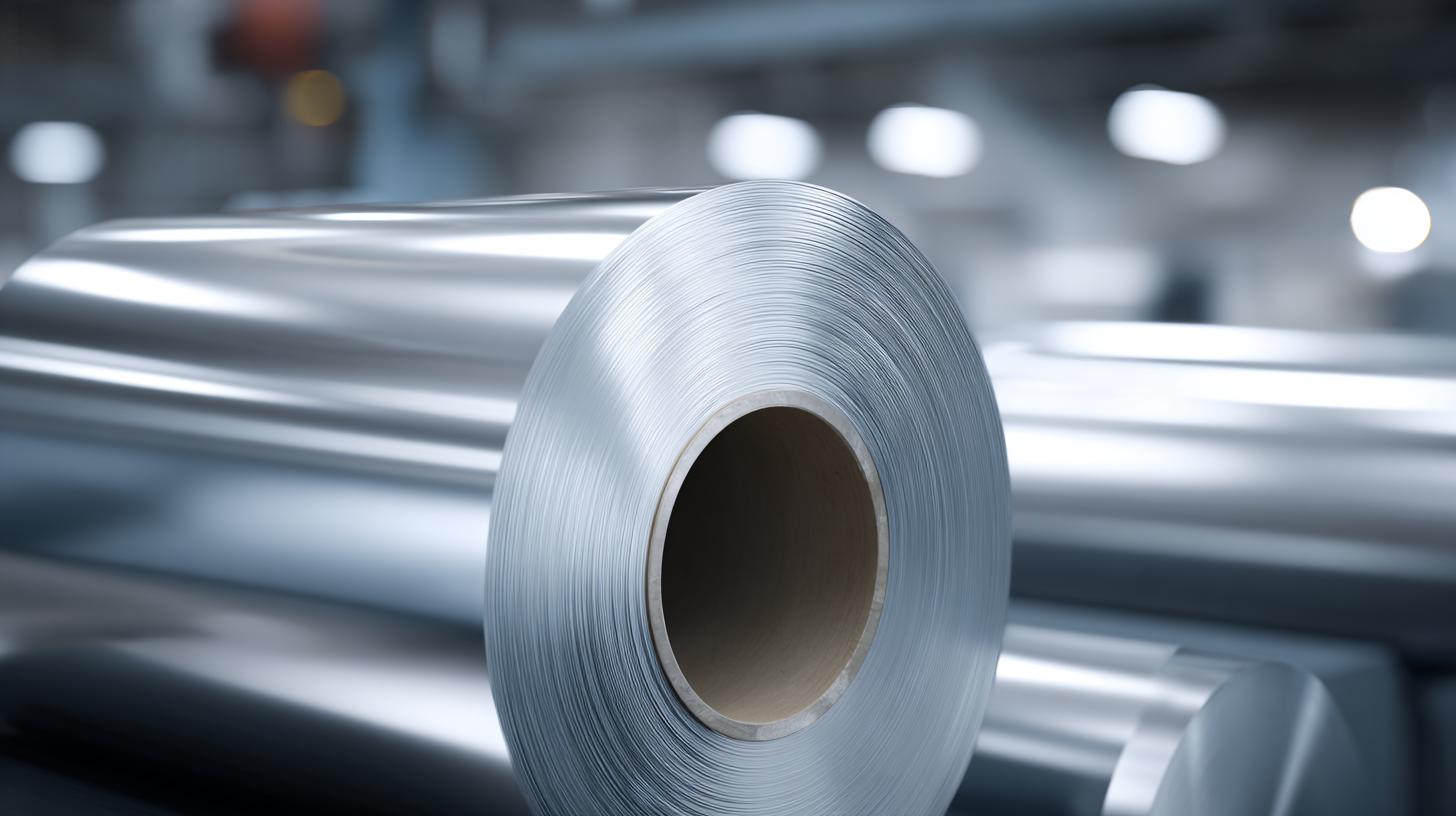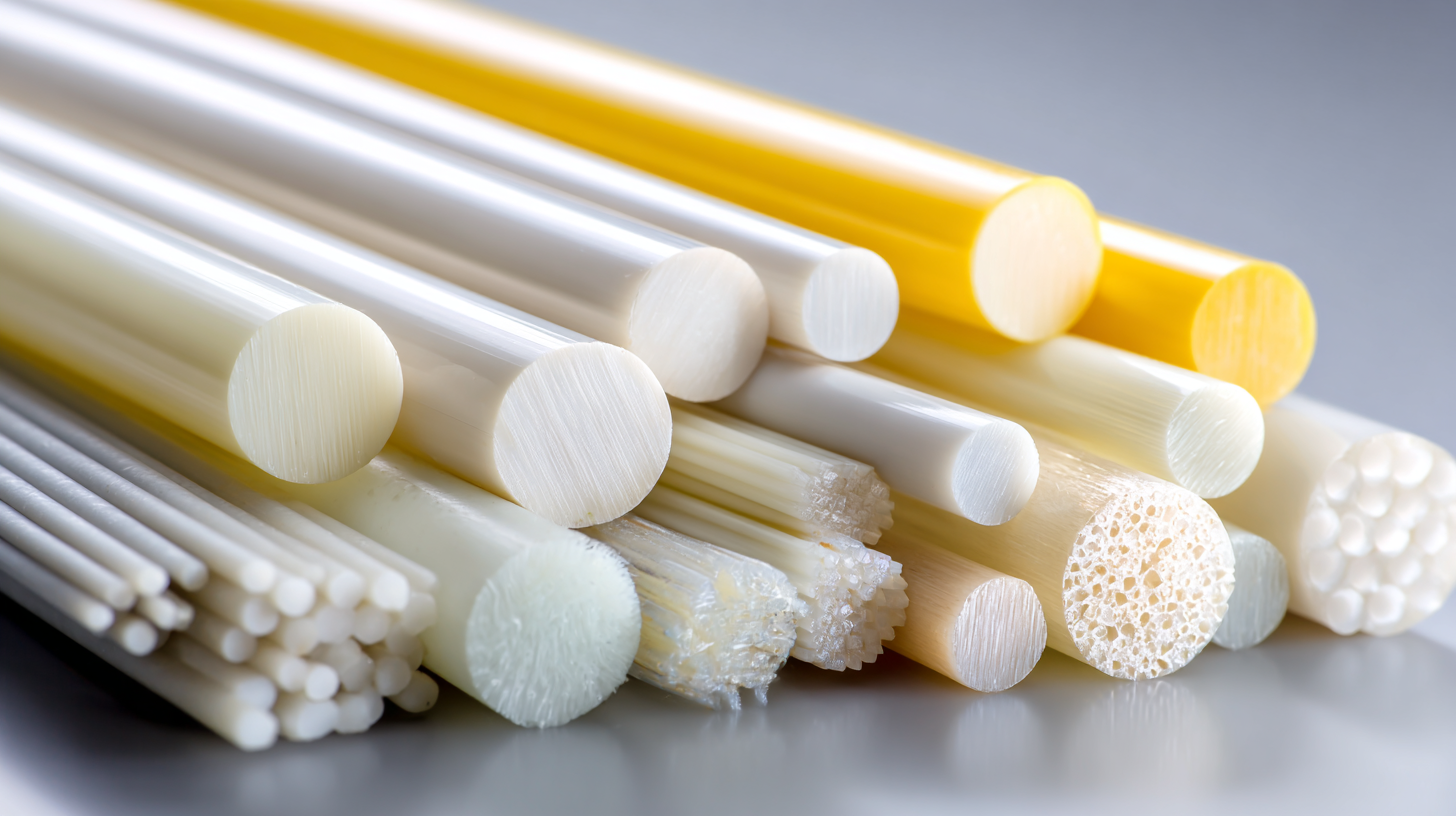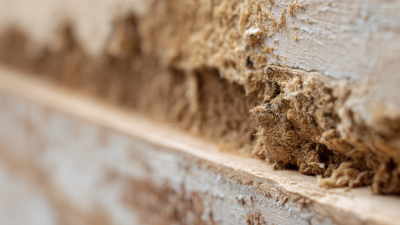In the ever-evolving landscape of modern manufacturing, the application of PVC coating has emerged as a pivotal technique that enhances product durability and functionality. According to a recent report by Smithers Pira, the global market for coated fabrics is projected to reach $23 billion by 2025, with PVC coating leading the way due to its versatile properties and cost-effectiveness. This polymer-based coating not only provides superior resistance to abrasion, chemicals, and weathering but also offers aesthetic appeal with a variety of customizable finishes. As industries seek to optimize production processes and enhance product longevity, understanding the benefits of PVC coating becomes essential. From automotive components to consumer goods, this technology plays a crucial role in meeting the diverse demands of the market, suggesting that manufacturers who embrace PVC coating can significantly enhance their competitive edge and operational efficiency.

PVC coating has become increasingly popular in modern manufacturing processes, particularly due to its ability to enhance product durability. According to a report by the Polymer Science Society, products treated with PVC coatings demonstrate up to 50% improved resistance to wear and tear compared to their uncoated counterparts. This durability is essential in various industries, including automotive and construction, where materials are often subjected to harsh environments.
In addition to superior wear resistance, PVC coatings offer excellent chemical resistance, making them ideal for products that must withstand exposure to solvents and other corrosive substances. A study published in the Journal of Coatings Technology highlighted that PVC-coated components outperformed non-coated ones in long-term durability tests, with a failure rate reduced by nearly 30%. Such statistics solidify PVC’s reputation as a reliable choice in protective coating applications.
**Tips:** When considering PVC coating for your products, always check the specific requirements for application thickness and curing time to maximize durability. Additionally, conduct pre-application tests to ensure optimal adhesion and surface preparation, ensuring the coated product maintains its enhanced properties over time.

PVC coating has become a crucial element in modern manufacturing processes, particularly for enhancing the durability and longevity of steel products. The growing recognition of PVC’s resistance to environmental factors—such as moisture, corrosion, and UV rays—positions it as a favorable choice across various industries. According to recent industry reports, the global coated steel market is projected to witness a significant compound annual growth rate (CAGR) of approximately 5% from 2023 to 2033, driven primarily by advancements in coating technologies and increasing demands for coated materials in construction and automotive applications.
Further analysis reveals that the market is segmented by type, with polyester, fluoropolymers, silicones, and Plastisol leading in share. Specifically, the polyester segment is expected to dominate, accounting for nearly 30% of market share due to its optimal balance of performance and cost-effectiveness. In terms of applications, sectors such as construction and HVAC are projected to account for a considerable proportion of the market, reflecting the increased investment in infrastructure and the growing need for environmentally resistant materials. As manufacturers continue to leverage the advantages of PVC coating, the demand for technologically superior coated steel solutions is likely to escalate, reshaping the industry landscape by 2033.
| Aspect | Description | Benefits | Typical Applications |
|---|---|---|---|
| Corrosion Resistance | PVC coating provides a protective layer that prevents rust and degradation from moisture and chemicals. | Increases lifespan of products, reduces maintenance costs. | Metal components, outdoor furniture. |
| UV Resistance | The coating protects against harmful UV rays, preventing fading and brittleness. | Maintains color and integrity of products exposed to sunlight. | Signage, outdoor applications. |
| Chemical Resistance | PVC coating withstands contact with various chemicals without damage. | Prolongs product life in industrial environments. | Pipes, tanks, automotive parts. |
| Flexibility | PVC coating can be applied to various shapes and materials, maintaining flexibility. | Versatile applications across different industries. | Electrical components, automotive parts. |
| Aesthetic Appeal | Available in various colors and finishes enhancing product design. | Improves marketability and brand image. | Consumer products, home appliances. |
In modern manufacturing processes, the cost-effectiveness of PVC coated products is increasingly recognized. PVC coatings provide a robust layer that enhances the durability and longevity of materials, which can significantly reduce costs in the long run. By extending the lifespan of components and products, manufacturers can lower replacement and maintenance expenses, leading to improved profitability.
Tip: When selecting PVC coated products, consider the environmental conditions they will face. Products exposed to harsh weather or chemicals particularly benefit from PVC coatings, as these coatings provide excellent resistance to corrosion, moisture, and UV damage.
Furthermore, the versatility of PVC coatings allows manufacturers to enhance their products' aesthetic appeal while maintaining cost efficiency. Custom colors and finishes can be achieved without substantial increases in production costs. This adaptability enables businesses to cater to specific market demands while keeping expenses in check.
Tip: Always evaluate the total cost of ownership when considering PVC coated materials. While initial investments might seem high, the savings from enhanced durability and reduced maintenance can lead to significant financial benefits over time.
This chart illustrates the cost-effectiveness ratings of various aspects of PVC coated products in modern manufacturing. The ratings reflect the advantages of using PVC coating in terms of material costs, labor costs, durability, maintenance, and production speed, showing significant benefits in durability and overall cost savings.
In modern manufacturing processes, the application of PVC coating plays a pivotal role in minimizing maintenance and repair costs. According to a report by the **European Coatings Association**, manufacturers have observed a reduction in maintenance expenditures by up to **30%** when incorporating PVC coatings into their production lines. This is primarily due to the enhanced durability and resistance to environmental factors offered by the PVC material, which protects underlying substrates from corrosion, wear, and other forms of degradation.
Furthermore, a study published in the **Journal of Coating Technology and Research** highlights that equipment and tools treated with PVC coatings can extend their lifespan by an average of **50%** compared to uncoated counterparts. The safety and performance benefits of using PVC coatings also lead to fewer breakdowns and less frequent repairs, translating into significant cost savings for manufacturers. By investing in PVC coating technology, industries can not only reduce their operational expenses but also improve overall productivity and efficiency.

PVC coating has become increasingly popular in various industries due to its versatility and protective properties. In the automotive sector, for instance, PVC coatings are utilized to enhance the durability of components exposed to harsh environmental conditions. A report by Grand View Research indicates that the global market for PVC coatings is expected to reach USD 10.5 billion by 2025, with a significant portion driven by automotive applications. The coating not only improves resistance to corrosion but also enhances aesthetics, making vehicles more appealing to consumers.
Furthermore, the construction industry has embraced PVC coatings for a variety of applications, such as wire and cable insulation and roofing materials. According to a study by the Plastics Industry Association, PVC is one of the most widely used plastic materials, comprising over 25% of the market share in construction. Its ability to withstand UV exposure, moisture, and chemical corrosion has made it indispensable in building and construction projects. The comprehensive applications of PVC coatings can be seen across sectors like packaging, textiles, and consumer goods, demonstrating their critical role in modern manufacturing processes.






